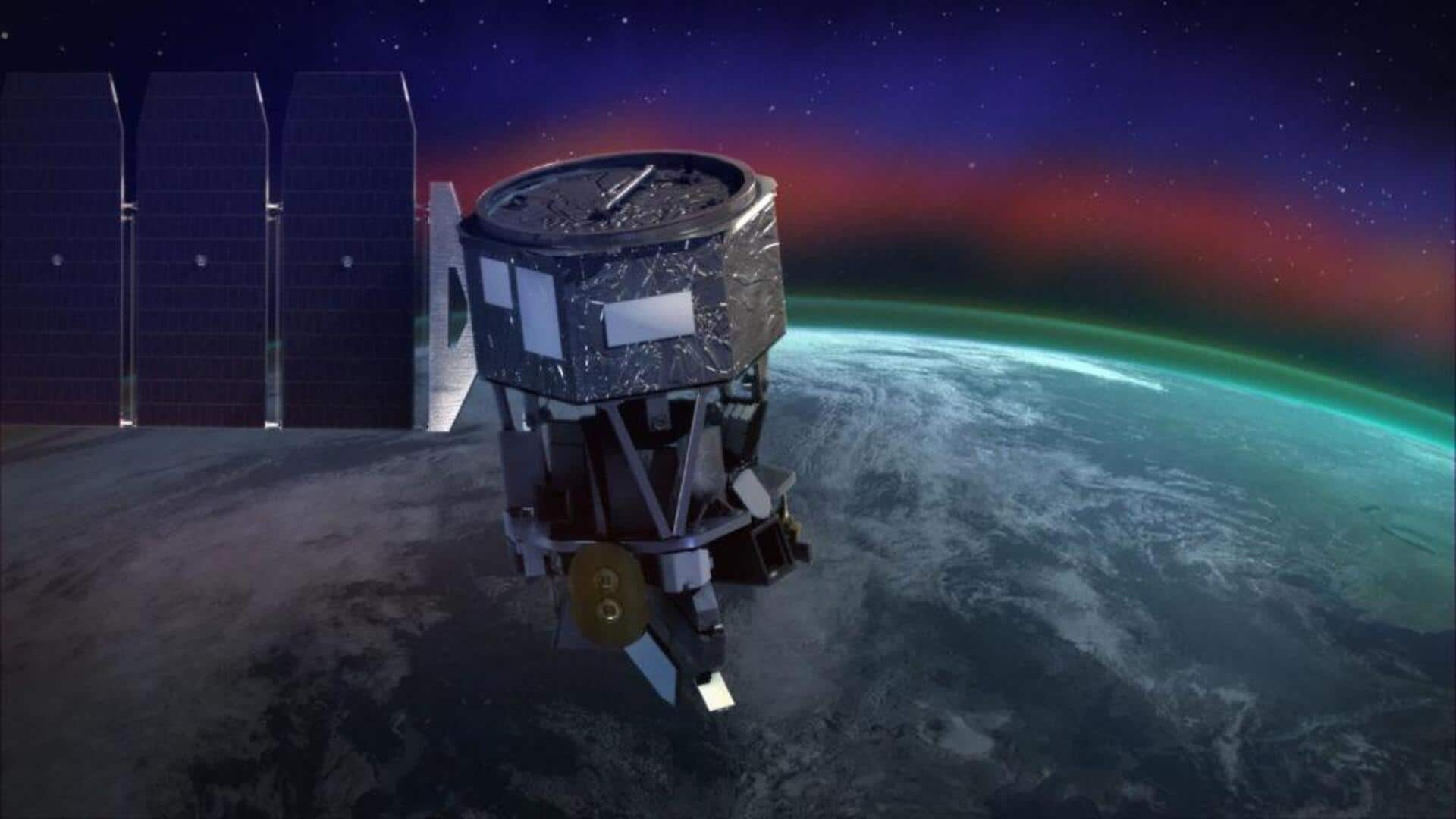
NASA probes 'mysterious clouds' that may block radio, GPS signals
What's the story
NASA is set to launch rockets from a remote Pacific island, as part of its mission called Sporadic-E ElectroDynamics (SEED). The three-week-long mission will begin today and will see uncrewed suborbital spacecraft with scientific instruments being launched from Kwajalein Atoll in the Marshall Islands. The aim is to study high-altitude cloud-like structures that could potentially disrupt critical communication systems.
Communication disruption
How do these layers affect communications?
The Sporadic-E layers form in the lower parts of the ionosphere, reflecting radio signals back to Earth before they reach higher layers. This reflection can cause a number of problems for radio communications. For example, air traffic controllers and marine radio users could receive signals from far-off places, thinking they're coming from nearby locations. Meanwhile, military radars may detect false targets or "ghosts," or receive jumbled signals that are hard to decipher.
Layer dynamics
These layers are not visible to the naked eye
Sporadic-E layers are constantly forming, moving, and dissipating, making such disruptions hard to predict. "These Sporadic-E layers are not visible to naked eye and can only be seen by radars," said Aroh Barjatya, the SEED mission's principal investigator. He added that some layers appear like patchy and puffy clouds in radar plots while others spread out like an overcast sky.
Formation process
What is the ionosphere?
The ionosphere is a layer of Earth's atmosphere from some 60 to 1,000km up. It is made up of charged particles or ions. Some of these ions come from meteors burning up in the atmosphere and leaving behind traces of ionized iron, magnesium, calcium, sodium and potassium suspended in the sky. These "heavy metals" are heavier than the usual residents of the ionosphere and tend to sink down below 140km.
Equatorial mystery
Why Kwajalein Atoll is important
While scientists can explain the formation of Sporadic-E layers at midlatitudes, their presence near Earth's equator remains a mystery. The Kwajalein Atoll is the closest place to the magnetic equator from where NASA can launch rockets to study this phenomenon. "There's a lot of interest in predicting these layers and understanding their dynamics because of how they interfere with communications," Barjatya said.